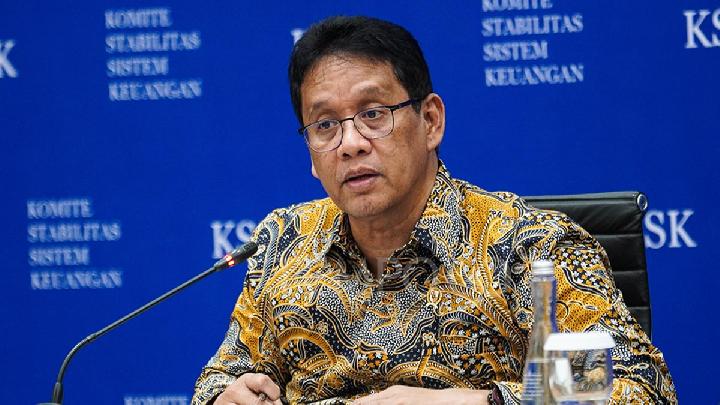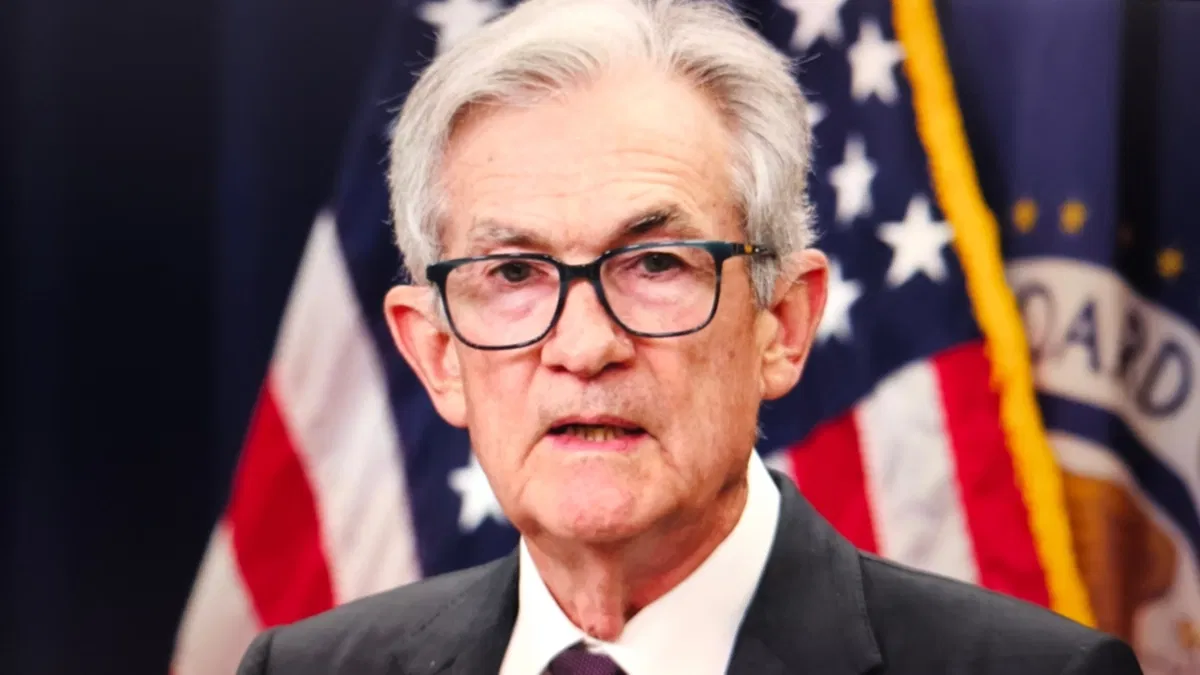Copyright tempo

TEMPO.CO, Jakarta - A month has passed since Finance Minister Purbaya Yudhi Sadewa moved Rp200 trillion (about US$12 billion) of government funds from Bank Indonesia’s account to state-owned banks, or the State-Owned Banks Association (Himbara). The minister claimed the funds have nearly all been distributed as loans to the business sector. However, very little has flowed to the red-and-white village cooperatives. “It’s not on my end, it’s on Himbara,” Purbaya said after attending the “100 Indonesian Economists Gathering” in Jakarta on Tuesday, October 28, 2025.According to Purbaya, the banks determine how the funds are distributed as loans, including assessing the profitability of projects to be financed. “Because the basis is professional and commercial,” he said.On September 12, 2025, Purbaya placed Rp200 trillion in government funds into commercial banks. The money came from the government’s excess budget funds (SAL) previously held at Bank Indonesia. The recipient banks were Bank Mandiri, Bank Rakyat Indonesia (BRI), and Bank Negara Indonesia (BNI), each receiving Rp55 trillion (US$3.3 billion); Bank Tabungan Negara (BTN), Rp25 trillion (US$1.5 billion); and Bank Syariah Indonesia (BSI), Rp10 trillion (US$600 million).The government required an interest return of 4 percent for the fund placement in Himbara banks. The rate could drop if the funds were used for red-and-white village cooperatives. “Automatically, the interest we charge drops to 2 percent,” Purbaya said on September 15. Yet that incentive clause has not encouraged banks to compete in disbursing loans to the red-and-white cooperatives, a flagship program of President Prabowo Subianto.Read the Complete Story in Tempo English Magazine



